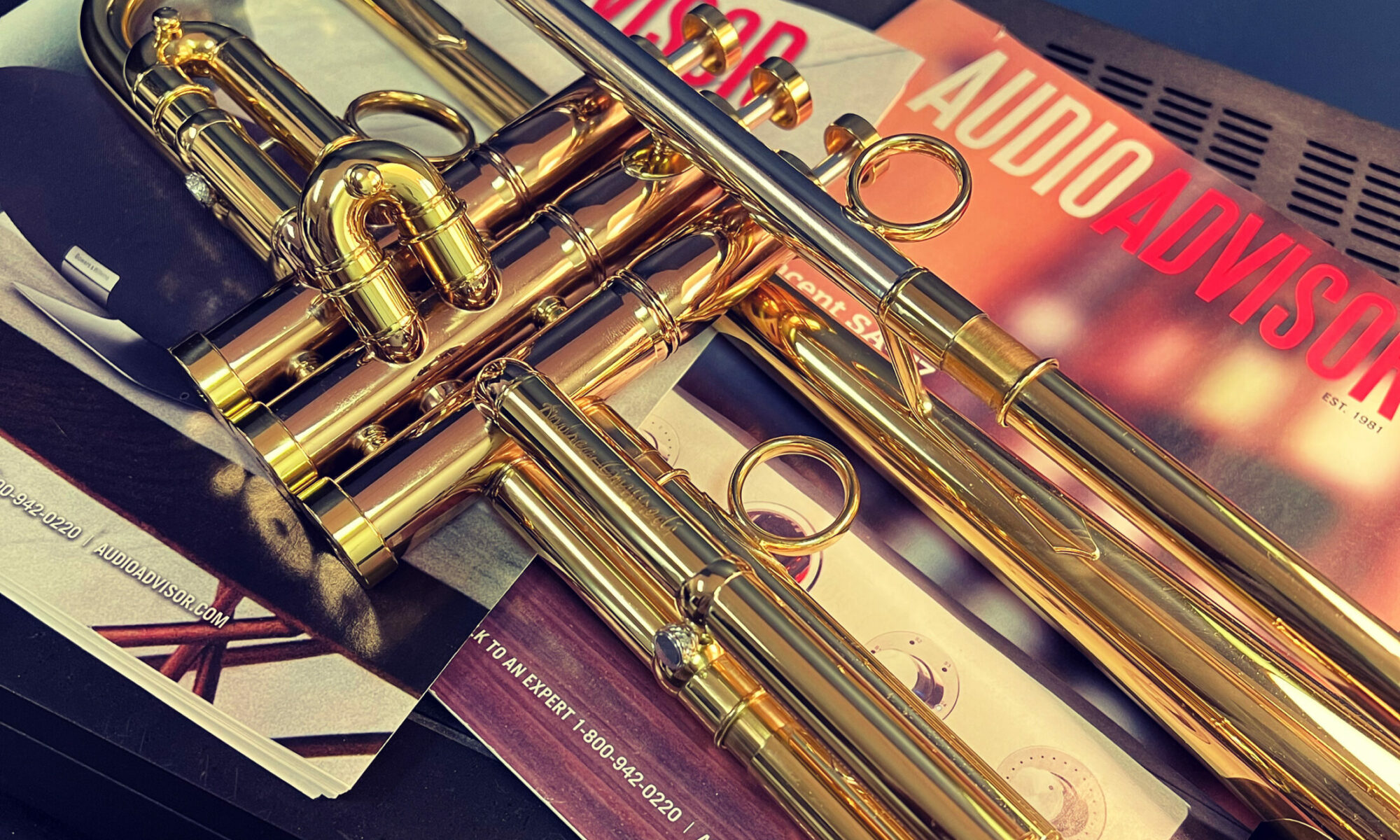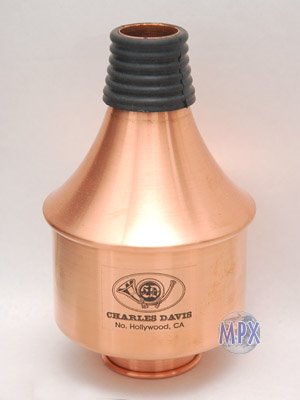I’ve come to realize over time that balance may be the most important concept in trumpet playing. Balance can make a player stronger, and more versatile; without it a player can be reduced to an elementary level of performance with a simple one-dimensional sound.
For me, discovering balance has made me a more physically capable player. Air and embouchure must be balanced to achieve great control, stamina, and sound. This means there must the correct amount of air to properly vibrate the lips freely at a given frequency, and allow the lips flexibility and suppleness for “finesse”. Too little air and the lips will collapse, resulting in a small sound and reduced control (lips will tense up or clamp together and inhibit vibrations) in the mid to high register, often to the point of not having a high register. Too much air and the lips will spread apart, resulting in a spread sound, little to no control at soft dynamic levels, and often the necessity of using excess arm pressure to obtain a high register. That’s not to say either of these scenarios will be an automatic failure for a player, but it generally impedes progress or stops it altogether, based on my experience as a player and teacher. Balance is somewhere in the middle; the air provides all the energy for playing and does nearly all the work except for allowing the lips to have just enough control for “finesse” (low to high register, soft to loud dynamics)
Notice: The above scenarios are very basic in explanation, and many smaller variables also affect the outcome.
Stamina is greatly improved by balance. The air and embouchure working together producing a force moving away from the mouth will interact with mouthpiece pressure moving towards the mouth. Both of these forces will nearly cancel each other if the air/embouchure group is operating efficiently. This reduces muscle fatigue by a great degree, which allows a player to play under higher stress levels or for longer periods of time.
Once the right ratio of air to embouchure is found, slight variations in the air intensity will provide different tonal colors. For me, my normal balanced state produces a sound biased towards the dark side of the spectrum. (Around a 4 on a scale of 1 to 10, with 1 being dark and 10 being bright). If I increase my air slightly above the balance point I can move my sound up to around a six or so. Conversely, if I reduce my air below the balance point I can move down to a three. Air usage and balance adjustment will vary the amount of high and low overtones present, changing projection and color, giving a more three-dimensional quality to your sound. This is a very useful tool for an orchestral or free-lance player.
A third component is necessary for some to achieve balance. Using the right equipment can make things easier to get the sound or feel that a player desires. By changing the resistance of the mouthpiece or trumpet (or both) you change what the body must do arrive at a balanced state. Also, a trumpet and mouthpiece that contribute to the desired sound will allow a player to remain closer to the “normal balanced state”. I choose to play Bach trumpets. I find they have a middle of the road sound (dark to bright) which works well for my personal normal balance state. These horns enable me to change my sound color to suit the style of the music or the group in which I am performing. Yes, I have to work a little harder for a bright commercial sound (playing above the balance point) or dark jazz ballad sound (playing below the balance point), but I can get there with one horn. You can imagine the work necessary to play bright on a naturally dark horn, and vice versa. However, if you can also see the benefit of selecting a horn suited to your sound concept. For example, if you want to play with a dark sound, a dark sounding trumpet will bias your normal balanced state a little more to the dark side, making your life a little easier.
A mouthpiece can tweak what a particular trumpet will do for you. There are thousands of mouthpiece combinations on the market to help players “dial in” their playing. (Mouthpiece safari,anyone?) I’ll save that topic for another day…..

